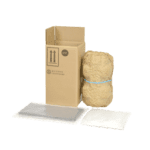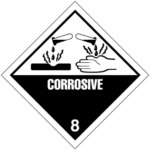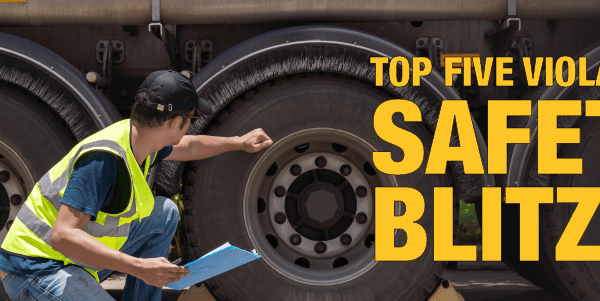
It’s a Pickle – What would you do?
This article is based on a real situation brought forth by a customer. They are in the electronics industry, shipping lithium-ion and lithium-metal batteries alone, packed with and contained in equipment. They are situated in the United States.
Here is their situation:
They are shipping a large order to a customer. The order contains Lithium-ion batteries packed with equipment. The batteries’ net weight is 2500 lbs., but the gross weight of the shipment is over 8820 lbs. The customer is not registered with the DOT, and they have not had to be because they do not meet the criteria. The carrier is requesting placards.
Regulatory references:
49 CFR Part 172.504(f)(9) (A class 9 placard is not required for domestic transportation)
For Class 9, a CLASS 9 placard is not required for domestic transportation, including that portion of international transportation, defined in § 171.8 of this subchapter, which occurs within the United States. However, a bulk packaging must be marked with the appropriate identification number on a CLASS 9 placard, an orange panel, or a white square-on-point display configuration as required by subpart D of this part.
49 CFR Part 172.301 (F)(3) (ii) (you must mark the UN number when you have 8820 lbs. or more)
Large quantities of a single hazardous material in non-bulk packages. A transport vehicle or freight container containing only a single hazardous material in non-bulk packages must be marked on each side and each end as specified in the § 172.332 or § 172.336, with the identification number specified for the hazardous material in the § 172.101 Table, subject to the following provisions and limitations:
(i) Each package is marked with the same proper shipping name and identification number;
(ii) The aggregate gross weight of the hazardous material is 4,000 kg (8,820 pounds) or more…
(iv) The transport vehicle or freight container contains no other material, hazardous or otherwise
49CFR Part 107.601(a)(6) (if you placard, you must register with the DOT)
Except as provided in paragraph (b) of this section, a quantity of hazardous material that requires placarding, under provisions of subpart F of part 172 of this chapter.
What to do?
The customer wants to avoid placarding at all costs, so they are not required to register with the DOT; based on 49 CFR 504.(f)(9), they do not have to. However, since the load is 8820 lbs., they do need to mark the load with either UN3481 on an orange panel or a white square-on-point marking.
Other options?
Perhaps split the shipment into two so they are under the weight? Could the equipment be considered “other material, hazardous or otherwise”?
What would you do if this were you?
Do you have questions about shipping hazardous materials? Our team of experts is just a call away for our customers at 855.734.5469 or send us an email, we’re happy to help.
Stay up to date and sign up for our newsletter!
We have all the products, services, and training you need to ensure your staff is properly trained and informed.
 4GV Complete 4GV CompleteLithium Battery Kit |
 Hazard Class 8 Label Hazard Class 8 Label |
 Shipping Lithium Batteries Shipping Lithium BatteriesTraining Courses |






 ICC USA
ICC USA ICC Canada
ICC Canada